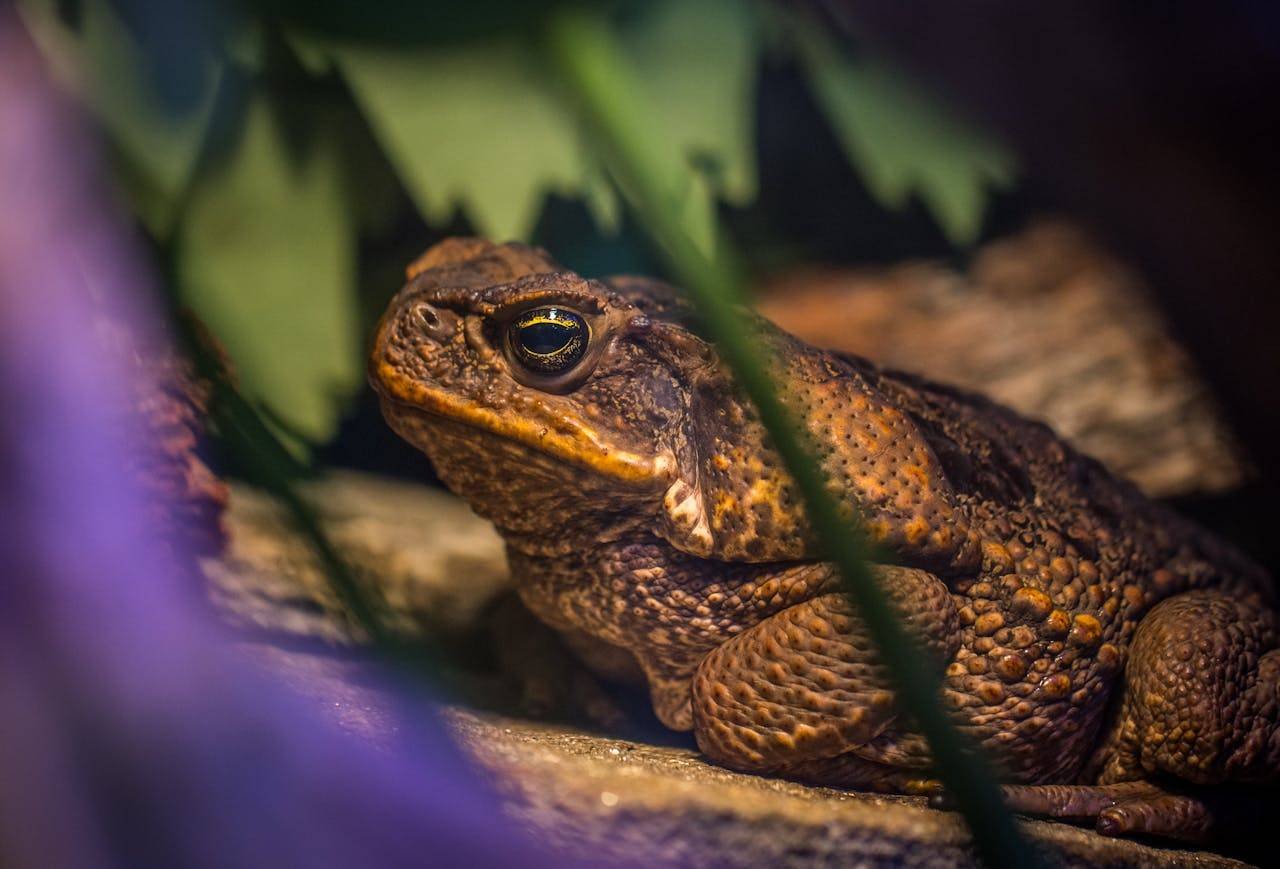Toads, commonly known for their bumpy skin and terrestrial lifestyle, are fascinating creatures that belong to the order Anura, the same as frogs, but are often thought of separately due to their distinct characteristics. This article delves into the world of toads, exploring their unique traits, habitat preferences, and ecological roles.
Characteristics and Appearance
Toads are characterized by their dry, warty skin and stout bodies, which often give them a rugged appearance. Unlike their smooth-skinned frog relatives, toads have adapted to life primarily on land, and they tend to have shorter legs, suited for walking rather than leaping. One of the defining features of many toad species is their parotoid glands, located behind the eyes, which secrete a milky toxin as a defense against predators.
Habitat and Distribution
Toads are incredibly versatile and are found on every continent except Antarctica. They inhabit a wide range of environments, from humid tropical forests to arid deserts, and have demonstrated remarkable adaptability. Although primarily terrestrial, toads are still dependent on water bodies for breeding, often migrating to ponds, streams, or even temporary rain-filled depressions to lay their eggs.
Reproduction and Lifecycle
Toads typically breed in water, where the female lays strings of eggs that are fertilized externally by the male. The eggs hatch into tadpoles, which undergo metamorphosis before emerging as juvenile toads. This transition can vary in duration depending on the species and environmental conditions. Unlike frogs, which often lay their eggs in clusters, toad eggs are usually found in long strings.
Diet and Feeding Habits
Toads are generally carnivorous, feeding on a diet that includes insects, worms, and other small invertebrates. They are opportunistic feeders and have a sit-and-wait hunting strategy, relying on their sticky tongues to catch prey. Larger species may even consume small rodents or reptiles.
Ecological Importance
Toads play a crucial role in ecosystems as both predators and prey. By controlling insect populations, they help maintain the ecological balance. Additionally, they serve as a food source for various birds, mammals, and reptiles. Toads are also considered indicators of environmental health, as their permeable skin makes them sensitive to pollution and habitat degradation.
Conservation Concerns
Despite their adaptability, toads face numerous threats, including habitat loss, pollution, disease, and climate change. Conservation efforts are vital to protect these resilient creatures, focusing on habitat preservation, pollution control, and the monitoring of diseases like chytridiomycosis.
FAQs About Toads
Are toads and frogs the same?
Toads and frogs are both amphibians belonging to the order Anura, but toads typically have drier, bumpier skin and a more terrestrial lifestyle compared to frogs.
What role do toads play in ecosystems?
Toads help control insect populations and serve as prey for many animals, contributing to biodiversity and ecological balance.
How do toads defend themselves?
Many toads have parotoid glands behind their eyes that secrete toxins to deter predators. Their coloring and warty skin also help them blend into their environment.
Can toads live in dry environments?
Yes, toads are adapted to a variety of environments, including deserts, but they still require water for breeding.
How are toads affected by environmental changes?
Toads are vulnerable to habitat loss, pollution, and climate fluctuations, which can impact their populations and overall health.

